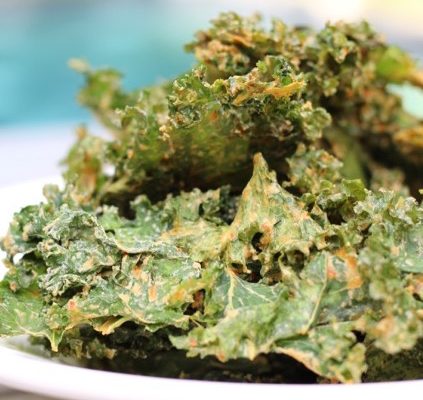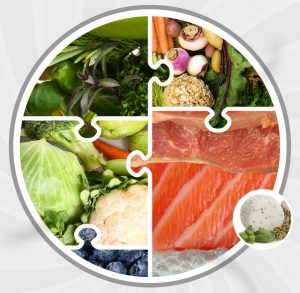Easter is going to turn up, whether you like it or not. Moreish chocolatey treats, hot cross buns lathered in butter, will be all around us, and in every shop and TV commercial. It’s enough to melt away your good intentions, and with this much pressure, bingeing feels almost inevitable.
Of course, chocolate is available all year round. The trouble seems to come when there’s too much chocolate around, as during this time of year. In no time it leads to too much temptation, eating too much in one go, then feeling miserable because you over indulged. The worst parts of a binge are the feelings of guilt and failure that you feel afterwards.
So let’s sort that and figure out how we can enjoy our treats at this time of year, without bingeing but also without depriving ourselves. And let’s start by accepting that Easter will mean chocolate indulgence on one level or another and then move on!
Top Tips to Avoid Over-Eating
- Try to discourage family and friends from buying chocolate for you, or failing that, let them know what and how much you’d like. This helps put you back in control.
- Ideally choose the darker chocolate eggs or chocolate selection. The higher the percentage of cocoa, the less room there is for sugar. Aim for over 70% which doesn’t raise blood sugar and insulin levels as much as milk chocolate. If that’s too dark for you, around 60% is a good compromise for those who prefer milk chocolate. Plus, from clinical experience, dark chocolate seems to dampen cravings, particularly chocolate that is above 70% cacao content.
- Don’t to eat too much in one go with the intention of getting ‘rid’ of the chocolate sooner. Eating a whole large egg will lead to an energy crash later on, not to mention, for many, feelings of disappointment in yourself that you ’gave in’ or ‘failed’ with your diet.
- Don’t eat chocolate on an empty stomach. Firstly, it will give you a blood sugar crash. Secondly, it will encourage you to overeat due to hunger. It’s healthier all round, both for your body and mindset, to have a smaller amount of chocolate as treats after meals containing protein (protein slows the speed at which sugar enters the bloodstream) and/or to reduce the blood sugar roller coaster by eating a few nuts at the same time if you’re not having it after a protein meal.
- Plan your meals ahead of time so you can make the right choices. Don’t give yourself the excuse that there was nothing else to eat. Ensure you have plenty of your usual healthy foods to hand.
- Get a good night’s sleep– yes, really, if you want to keep your appetite in check, getting good quality sleep is essential! Our hunger hormone leptin increases when we become fatigued. That means a spike in our appetite, which inevitably leads to snacking.
- Eat mindfully– make sure you savour each mouthful of chocolate, don’t wolf it all down in one big mouthful! This will help you to eat less, as you will feel that you have truly been able to indulge. Savour it slowly, enjoying how it melts on your tongue, how the flavour floods your mouth. Swallow when you’re ready. When it starts not to taste as good and/or your enjoyment starts to fade, decide whether you have had enough. If not, continue eating. If so, then stop. Know that if you want more later, you can have it.
- Eat consciously. Make sure your decision to eat chocolate is a conscious one. “Some chocolate would be nice, but I choose not to have one right now”. Whether it’s donating an unopened box to a local food charity, or dividing it up among friends, and/or saving it for later, you can make the decision that you don’t want it. Choosing, and therefore consciously taking responsibility, puts you back in control.
- Remove guilt– we can feel deprived even as we eat (and overeat) something if we don’t really let ourselves have it without guilt. Feeling deprived will just lead to overeating so let go of the guilt and enjoy while you eat your treat mindfully.
Alternatives To The Traditional Easter Egg Hunt
If the Easter egg (and everything that goes with it) plays a big part in your family’s tradition, consider doing something a bit different this year. Here are some great alternatives to the traditional Easter egg hunt https://www.parenthub.com.au/education/easter-egg-hunt-alternatives/.
Chocolate Binge Rescue Remedy
Consider that even the healthiest people over indulge – but they don’t beat themselves up about it. They just go back to eating normally.
If you do happen to sugar binge this Easter, rule #1 is: don’t panic! Negative self talk and freaking out about weight gain will only exacerbate the situation – not fix it. Neither will throwing in the towel and continuing to binge OR going in the opposite direction and starting a fad diet.
Instead, you can still rescue the situation and stop it turning into a binge, sabotaging all your good work. Say: “It’s done, it’s in the past and I choose to move on”. Easter is ONE DAY, that’s all. There is no need to be on the rollercoaster for the rest of the month.
Remember that small amounts of the best quality, dark chocolate has the following benefits: anti-ageing, reduces the risk of heart disease and stroke, is packed with antioxidants and important minerals like iron, potassium, zinc and selenium. Chocolate also contains phenylethylamine; the same chemical your brain creates when you’re falling in love …
PS If you are the kind of person who KNOWS you will have a problem with the Easter binge because this kind of bingeing and self sabotage is what you do, or you need some help to get healthy, click here to book in a FREE 30- minute Empowered to Thrive Call HERE.



